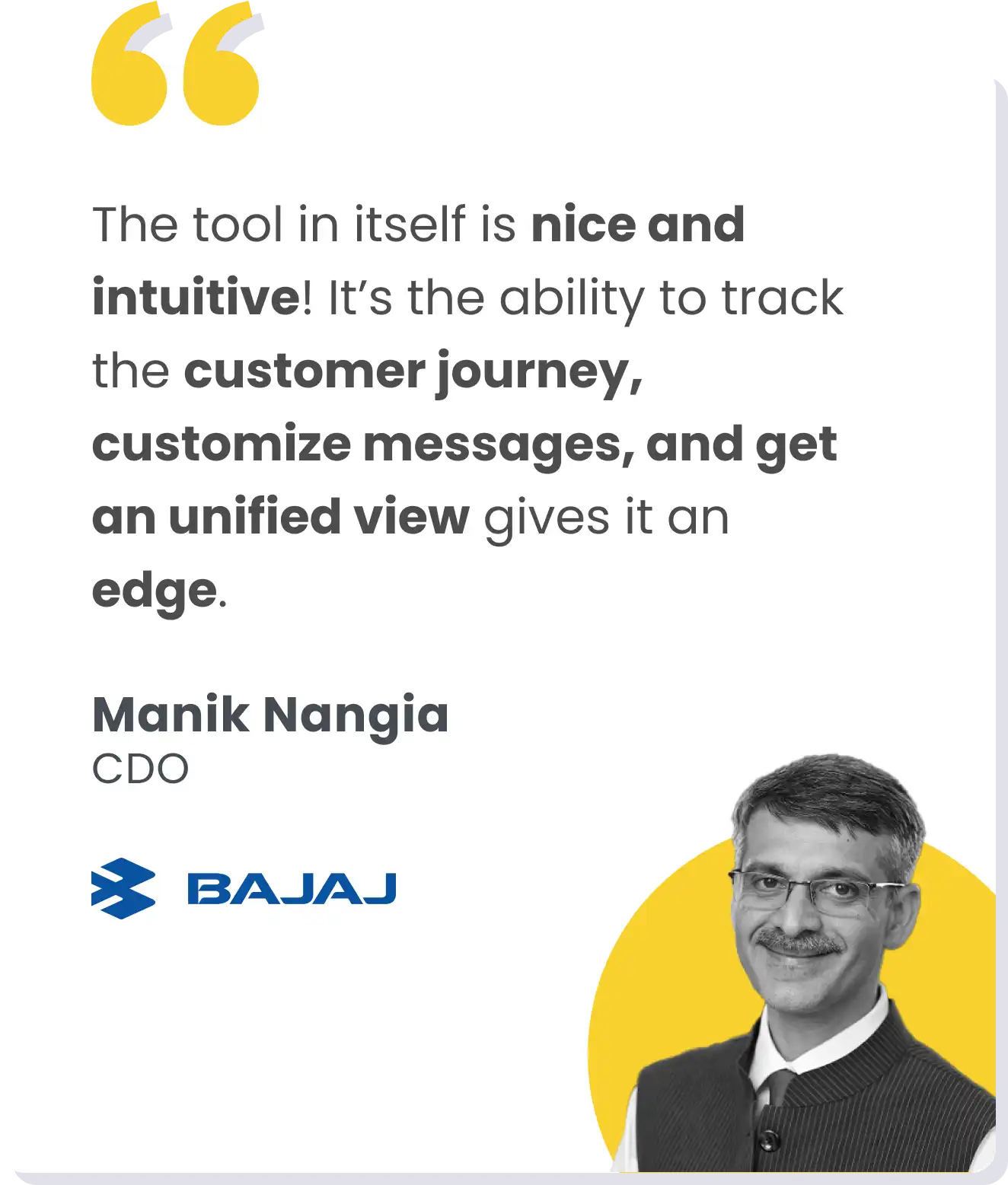Starting a business and navigating the route to a profitable exit is a thrilling adventure filled with successes, setbacks, and a trove of lessons learned. Our startup, Plix, has traversed this challenging path and emerged from the crucible of determination, evolving in the dynamic ecosystem of startups. The path we embarked upon was not without its share of highs and lows, but each twist and turn offered profound insights that fueled our growth.
Today, I’m excited to share the 10 key strategies that paved our way from humble beginnings to a successful exit.
Habit Building in Health
From the get-go, we at Plix understood the significance of habit-building in the health sector. We realized that fostering sustainable health habits, as opposed to short-term trends, was crucial for long-term success. Our focus was on creating habits that would resonate with our customers over an extended period.
Focus on AOV and Margin Improvement
A pivotal decision that set us on the road to success was our emphasis on Average Order Value (AOV) and a willingness to prioritize better margins over higher conversion rates. Instead of competing in a race to the bottom with low Average Selling Prices (ASPs), we opted for higher margins, even if it meant higher ASPs. A/B testing validated this approach, resulting in a significant revenue jump from 2-3 crores to an impressive 100+ crores ARR.
Game-Changing Milestones
Our journey began with a 3-crore run rate, securing investments that catapulted us to new heights. The subsequent six months were challenging, pushing us to scrutinize every aspect of the Profit and Loss (P&L) statement, from revenue to retained margin.
“No English, Only Math”
Our mantra at Plix is “No English, Only Math.” We place a premium on numerical comfort, extending it to the process of building the right team. A deep understanding of numbers is considered indispensable for decision-making and problem-solving, even in traditionally subjective areas of the business.
The Flywheel Effect
The concept of a business flywheel, a self-reinforcing cycle generating momentum, became our guiding principle. We developed a business model that fueled its own growth, where each positive action led to more success and better margins.
Incrementality in Subjective Matters
For aspects challenging to attribute directly, we rely on the concept of incrementality. Running experiments and closely monitoring sales as a result of these experiments help us deduce their likely contribution to observed changes.
Raising Money Strategically
When seeking investment from venture capitalists, we internalized the understanding that the money raised must be returned at a 4X multiple. This awareness drove us to make prudent financial decisions and emphasized not getting swayed by high valuations and excessive funding.
The Pitfall of Excessive Discounts
Offering too many discounts could dilute the brand image and surprisingly reduce repeat purchases. Striking the right balance between discounts and maintaining the brand’s integrity is crucial for our success.
Avoiding Costly Mistakes
We caution against overspending on operational expenses and engaging in brand-building activities without a Return on Advertising Spend (ROAS). Prudent financial management is vital to avoid these pitfalls. We make it a habit to ask about ROI before moving ahead with any high-investment decision.
Pursuing a Strategic Exit
Our exit strategy wasn’t about playing the valuation game. We aimed to collaborate with a stable partner who shared our long-term vision spanning the next two decades.
Conclusion
At Plix, we aimed for and achieved a remarkable 30-40% return customer rate within a year, highlighting our strong focus on customer retention. Recognizing that in e-commerce, existing customers significantly contribute to revenue, our actual retention rate may be even higher, between 50-60%. Our journey underscores the importance of profitability, customer retention, and data-driven decision-making as essential ingredients for building a thriving business in the ever-evolving world of startups.























